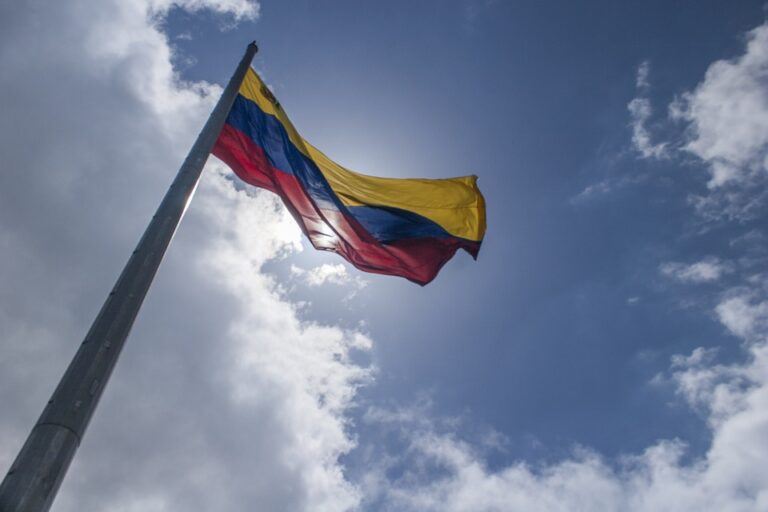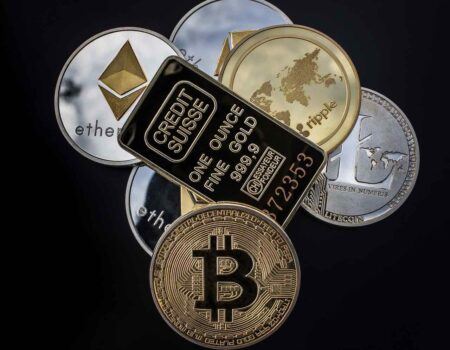Last December President Maduro announced he will be launch a new cryptocurrency based on the Ethereum blockchain and asset backed by Venezuela’s reserves. It was part of a strategy to face U.S. financial sanctions and Venezuela’s struggling economy. With inflation levels surpassing 500% for months dollarization was looking more likely than ever. On February 20th, the private sale started for the new oil-backed token called ‘Petro’.
Petro (PTR) is an ERC-20 based sovereign crypto asset mainly backed by Venezuela’s oil, gold, diamond and gas reserves. 100,000,000 total pre-mined PTR will be issued at a face value of 60 USD/PTR. 38.4% will go to institutional investors through a private sale with a discount of up to 60%. 44% will be sold via a public sale starting on March 20, after the private sale is over. The remaining 17.6% share will be withheld as reserve by the Superintendencia de los Criptoactivos de Venezuela, an organism recently created by Maduro led by its newly appointed supervisor Carlos Vargas.
55% of the proceeds from the token sale are set to go to a sovereign fund, while the remaining 45% will be equally allocated to the development of the Petro. Allocations in this fund could range from improving the Petro’s ecosystem and to technological development with particular emphasis on blockchain projects.
According to Maduro, Petro has the purpose of:
“advancing the country's monetary sovereignty, to carry out financial transactions and to defeat the financial blockade against the country”
While some independent analysts see this move as a novel way to circumvent U.S. sanctions and the threat of an oil embargo by securing 5 to 6Bn USD up front. In fact, according to the legislator Jorge Millan, Petro resembles the shape of a “forward sale of Venezuelan oil”. As Petro can be used as an alternative method to pay for goods and services and the Bolivarian Republic of Venezuela guarantees that it will accept it as a form of payment for national taxes, fees, contributions and public services. The Venezuelan government is committed to promote the use of Petro in the domestic market and claims it will spend the resources to stimulate its acceptance throughout the world.
Asset-Backed Cryptos
The Petro places itself within the growing number of asset-backed cryptocurrencies that are tpically backed by gold, precious metals, dollars and other assets. The largest example is Tether (USDT) that claims to have $2.2Bn as a full reserve of the 2.2Bn USDT. There is also the TrueUSD (backed 1-to-1 by traditional currency held in a reserve) while gold-backed cryptocurrencies are more common; DigixDAO, AurumCoin, Goldmint and Xaurum. Common features to these token are:
- A certain amount of physical gold for each token is held in private vaults around the globe
- Intrinsic value and stability of the tokens is granted by the gold-standard
- Available in all markets, more accessible and more affordable than ETFs
This can represent a protection for those token sale investors that might see their non-backed contributions vanish without leaving traces. In such a fast-changing environment as the ICO market, asset-backed tokens might be seen as a step forward that provide investors with a further motivation to invest by ensuring security and value at the same time.









